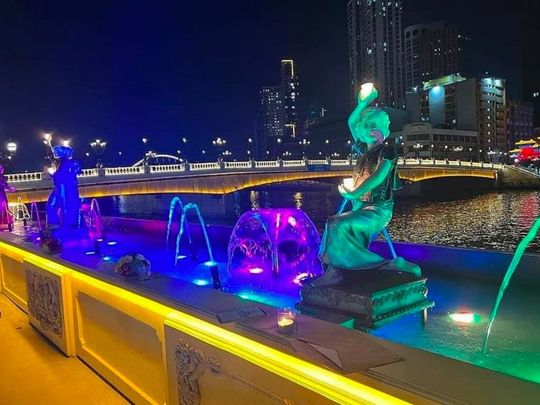
Manila: The Pasig River in Manila is the subject of legends, songs and poetry. Some historical accounts even compared it to the Grand Canal of Venice, Italy.
That was before the river was trashed. A far cry from the time when ducks used to be farmed on its banks.
Decrepitude and dumping of industrial effluents, driven by rapid urbanisation and a Manila-centric development model, turned the river into something like an open wound, an icon of environmental decay.
Now, the times they are a-changin'.

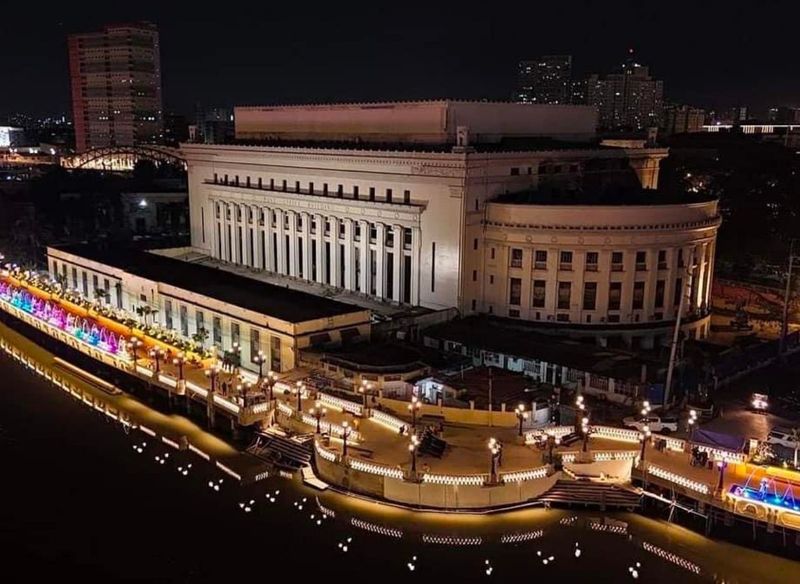
Thanks to various rehabilitation and cleanup efforts, Pasig River and its surrounding areas is being transformed, bit by noticeable bit.
And it’s helping change Manila’s vibe and landscape, turning the river into a thriving and life-giving body of water again.
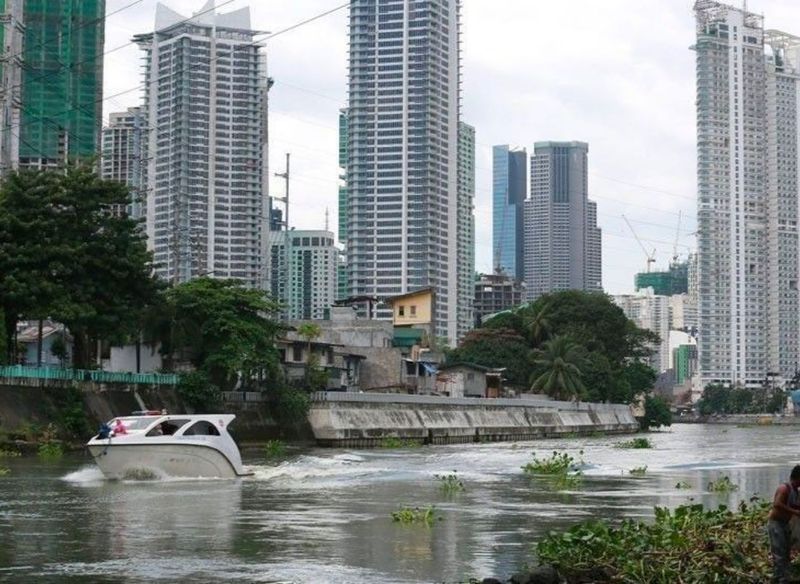
It's not quite there yet. There are huge challenges ahead.
Garbage and untreated domestic and industrial sewage stand as the primary culprits of pollution in the Pasig River. Beyond the grave health issues posed, water pollution wreaks havoc on both the fishing and tourism industries.
Acknowledging the severity of this issue, the national government has been committed to implementing sustainable water development management since 2004. The private sector is also pitching in
Touted as the "largest-ever river rehabilitation project in the country," it involves the extraction of 50,000 metric tonnes of silt and solid waste from the river each month, employing advanced and specialized equipment, equating to around 600,000 metric tons annually.
This ambitious initiative is backed by various government departments, including Environment, Public Works, Interior and Local Government, as well as the Philippine Coast Guard. Local government units, including Manila, Mandaluyong, Makati, and Pasig, also extend their support to the project.
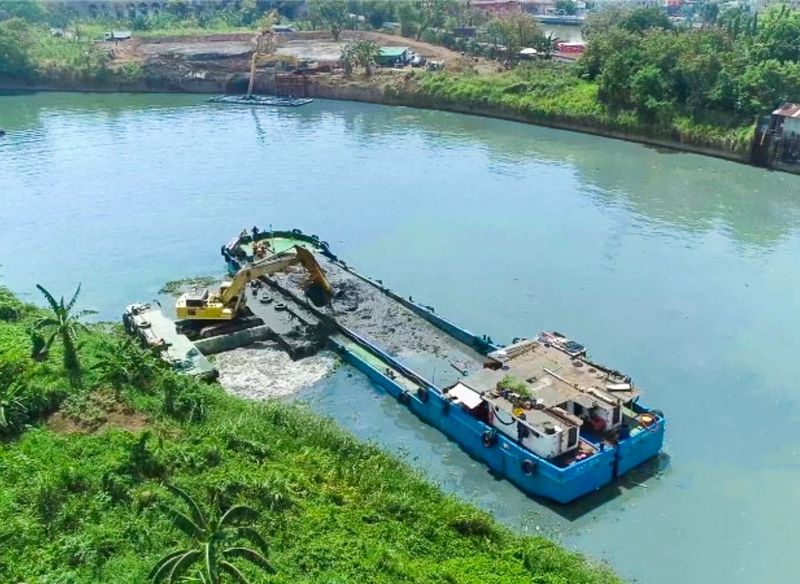
As of July 2023, nearly two years since initiating its ambitious cleanup campaign for the Pasig River, San Miguel Corporation (SMC) announced surpassing the milestone of removing over 1 million metric tonnes of silt and solid waste from the waterway. The project was completed by August.
The rehabilitation is a monumental endeavour. SMC, in collaboration with the Department of Environment and Natural Resources (DENR) and other government agencies, achieved the removal of 1,312,615 tonnes of waste from critical sections of the Pasig River.
Importantly, this substantial undertaking is carried out without any cost to the government and is aligned with the broader Manila Bay rehabilitation effort. The Ramon S. Ang, the President and CEO of SMC, an engineer by profession, attributed this success to the deployment of larger equipment procured for the job, the team's motivation and fleet of heavy equipment.
Japanese shipping giant NYK Line also pitched in to the project, in honour of Filipino seafarers.
More than the number of silt and solid waste removed from the river, we would like to emphasise the benefits of the river cleanup, such as the increase in its depth, and the widening of some narrow portions that have resulted in greater river capacity, faster water flow, and lesser chance of severe flooding, particularly in vulnerable communities near the River.
“More than the number of silt and solid waste removed from the river, we would like to emphasise the benefits of the river cleanup, such as the increase in its depth, and the widening of some narrow portions that have resulted in greater river capacity, faster water flow, and lesser chance of severe flooding, particularly in vulnerable communities near the River,” SMC chief executive Ramon Ang said.
Awards
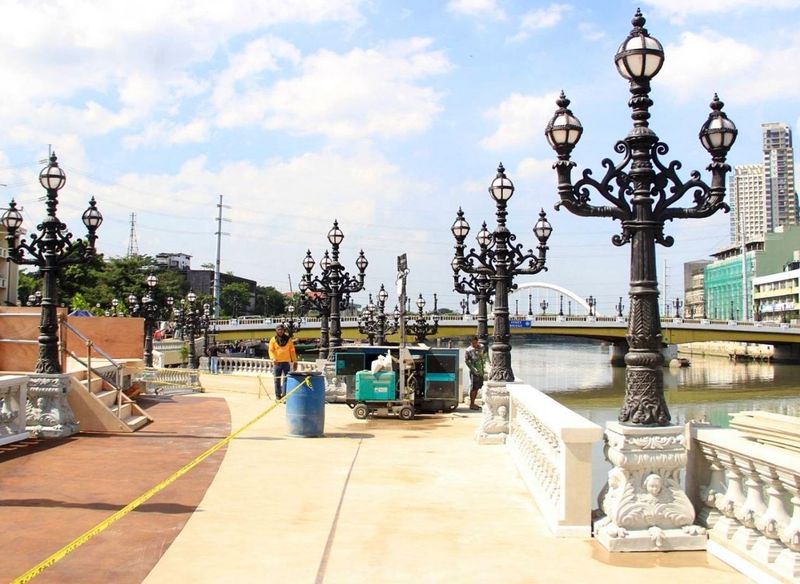
The ambitious rehabilitation project has started to gain traction – and renown.
In 2018, the Pasig River Rehabilitation Commission (PRRC) won on first Asia RiverPrize Award, handed by the International River Foundation (IRF) to recognise successful efforts to revitalise waterways.

In the 1990s, Pasig River with all its garbage and foul odor, was declared biologically dead.
Rehabilitation efforts started after the Pasig River Rehabilitation Commission was created in 1999.
In October 2023, the Pasig City local government clinched eight accolades at the 2023 Urban Governance Exemplar Awards, where excellence in local governance was celebrated for fostering inclusivity, resilience, and safety in the National Capital Region (NCR).
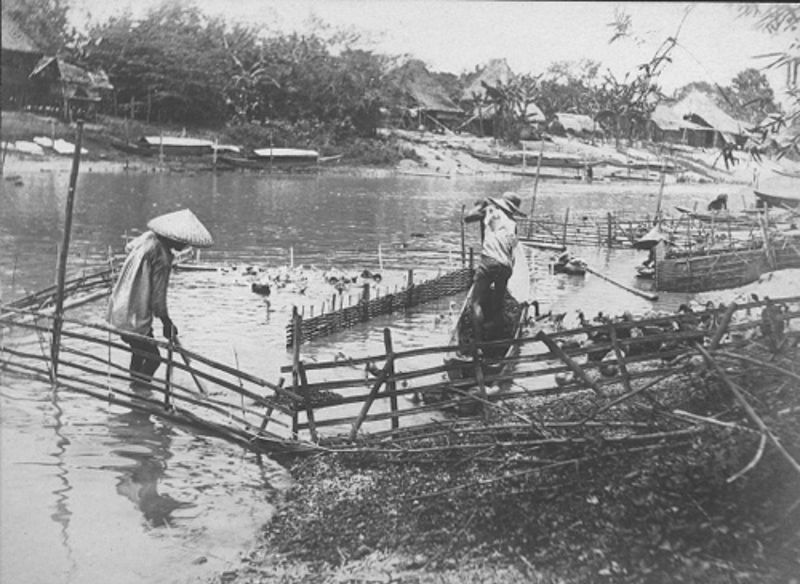
Dramatic transformation
Today, factories are now banned from dispensing effluents on the river, which connects Laguna de Bay to Manila Bay.
Initiatives included river cleanup campaigns, stricter enforcement of environmental laws, and community involvement programmes.
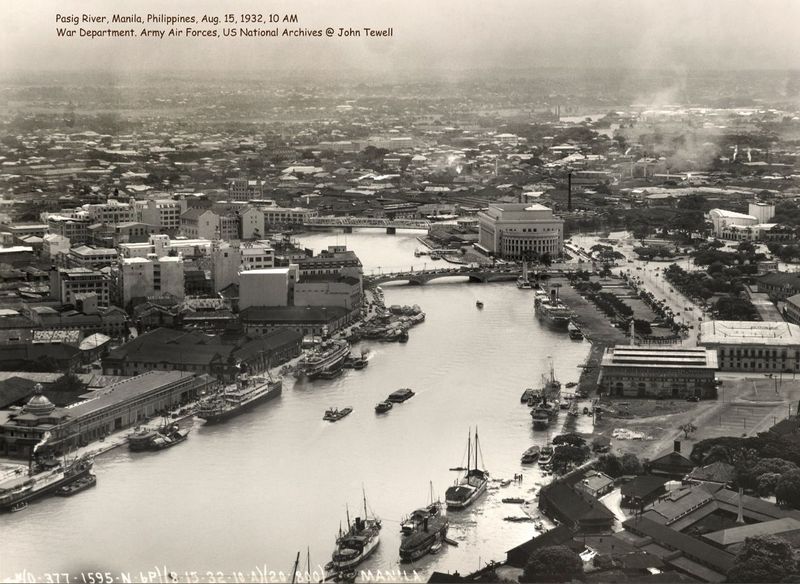
Amidst the echoes of history, the Philippine Department of Human Settlements and Urban Development (DHSUD) sets its sights on breathing life back into the veins of the iconic river.
DHSUD Undersecretary Avelino Tolentino III declared on Monday that the public will soon bask in the dividends of a revitalised riverbank, with the aim to rewrite the river's narrative.
The public can traverse these riverbanks as a mode of transportation, a haven for leisurely strolls, a hub for commercial endeavors, a meeting ground for friends and loved ones. More and more lives will intertwine with the Pasig River, Tolentino declared Monday, at the Bagong Pilipinas press briefing broadcasted on People's Television Network.
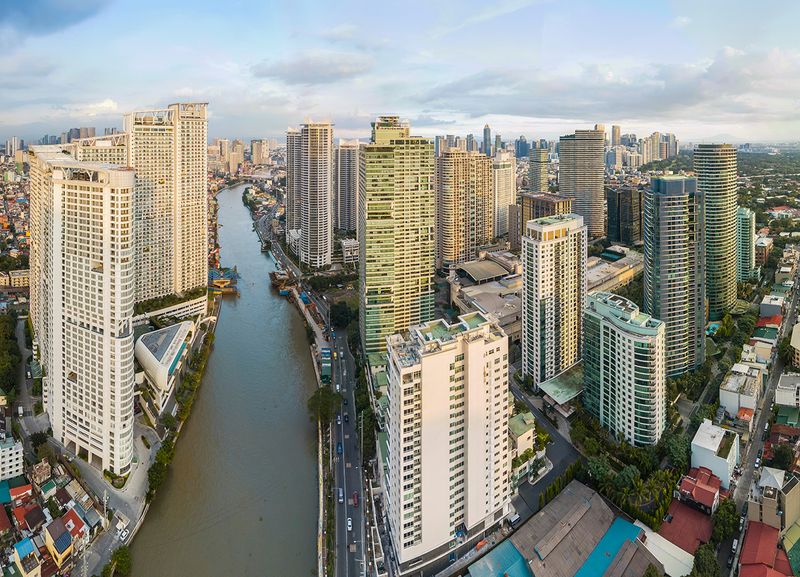
Tolentino unveiled the grand vision of commercial and recreational projects lining the riverbanks – echoing the agency's clarion call to metamorphose the historic river into a haven for tourism, recreation and sustainable human settlement.
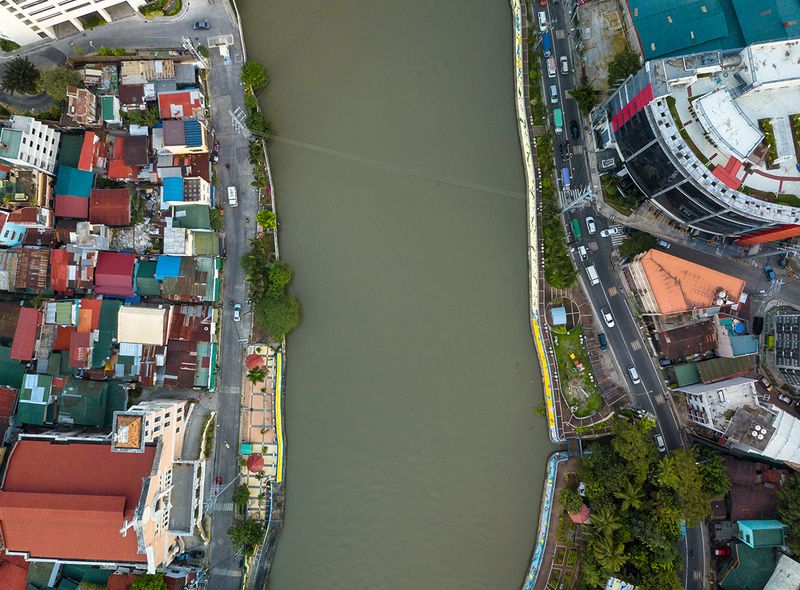
He said the fusion of private sector initiatives with government efforts would not only boost commerce but also fortify the river's custodianship.
“Our stakeholders will increase and our countrymen will have a level of awareness in helping the government ensure that the Pasig River is always clean and lively,” Tolentino told the Philippine News Agency in Filipino language.
The River Seine, immortalised in literature, art, and cinema, has long served as the lifeblood of Paris, the French capital.
However, similar to numerous Western cities, Paris grappled with the deterioration of river quality stemming from industrial sewage and population growth.
The Seine endured a depletion of aquatic life, prompting a prohibition on swimming in 1923.
Today, after a massive clean-up drive, the Seine is known for its iconic landmarks (Eiffel Tower, Notre-Dame Cathedral, the Louvre Museum, and Musée d'Orsay), cruises and boat tours, bridges, riverside walks, art and culture, islands, events and celebrations and recreational activities.
He underscored the project's climate resilience benefits, predicting that the collaboration between the private sector and the government in constructing mixed-use buildings and recreational spaces would stand as bulwarks against the perils of unpredictable weather events.
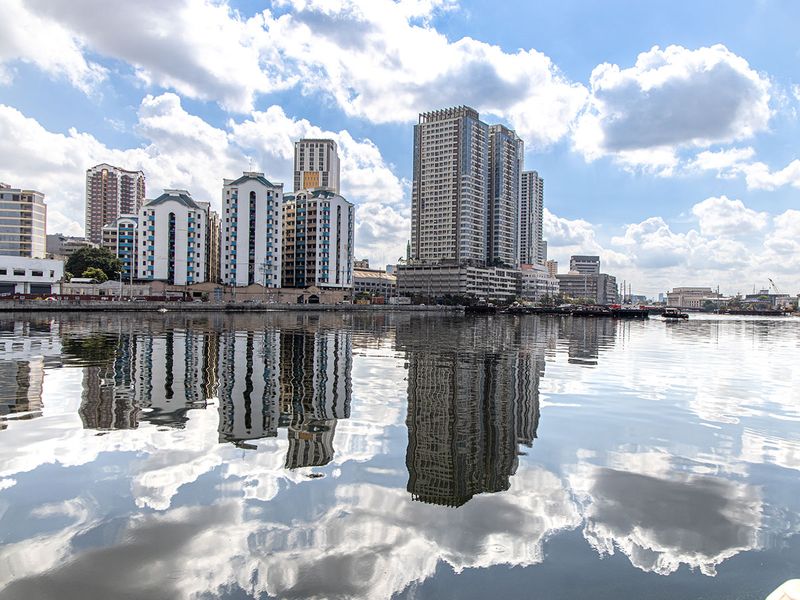
This audacious endeavour aims to blanket the 27-kilometre stretch of the Pasig River, including tributaries, in a transformative ecological drive.
President Ferdinand R. Marcos Jr. spearheaded the ceremonial unveiling of the "Pasig Bigyang Buhay Muli: Pasig River Urban Development Showcase Area" on January 17.
In a speech that resonated with the weight of history, Marcos urged the public to envision not only a nostalgic return to the river's past glory but a forward-looking transformation.
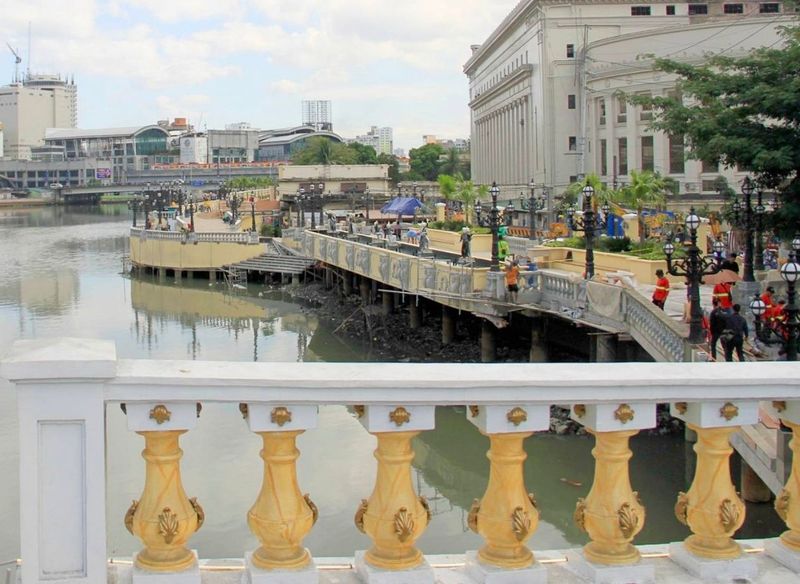
Walkways
Picture this: safe walkways and bikeways tracing its banks, a verdant corridor, and a series of parks that breathe new life into surrounding communities.
The Pasig River is poised for an epochal renaissance, a fact welcomed by Manila visitors and residents.
Climate resilience is among the benefits of the revival of Pasig River, citing that the private sector who will invest and partner with the government in building mixed-use structures and recreational spaces are expected to help in mitigating risks associated with weather events, said Tolentino.
Manila Water currently operates a total of 38 sewage treatment plants with a combined treatment capacity of 310 million liters per day.








